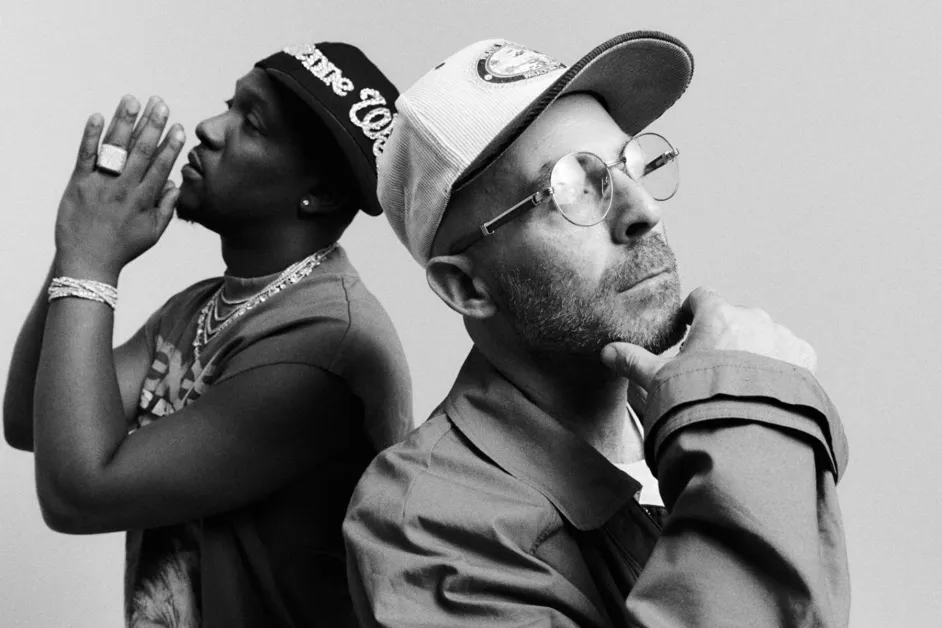Lana Del Rey has always been an artist of transformation, known for evolving her musical and lyrical themes with each album. From her exploration of nostalgia and the American Dream to her dark, cinematic soundscapes, she has crafted a niche for herself that feels both vintage and distinctly modern. Her planned album “Lasso” was originally envisioned as a foray into country music, but Del Rey surprised fans by announcing a shift toward a ‘southern gothic’ theme. This new direction taps into an aesthetic filled with mystique, history, and a sense of haunting that feels like a natural evolution of her sound.
Lana Del Rey’s initial vision for “Lasso” was reportedly influenced by her interest in classic American country. This genre, deeply rooted in folk traditions and rural life, often draws on themes of love, hardship, and family, creating narratives that celebrate everyday life. However, while traditional country music might focus on simplicity and sincerity, Del Rey’s music has always hinted at darker undercurrents. The decision to embrace a ‘southern gothic’ approach allows her to explore the darker, more mysterious aspects of the South—a style that feels like a deeper, more nuanced exploration of the region’s complexities.
Shifting from country to southern gothic also allows Del Rey to delve into a style that feels more in line with her signature atmosphere of romance and melancholia. Southern gothic is an aesthetic that blends beauty with darkness, touching on themes of decay, ghosts, and existential dread—all elements that resonate with Del Rey’s established narrative style. Rather than simply paying homage to country music, this new direction is a way for her to reinterpret it with her own unique twist.
Southern gothic is a subgenre that grew out of the American South, originally rooted in literature with writers like William Faulkner, Flannery O’Connor, and Tennessee Williams. Known for its eerie and atmospheric settings, southern gothic explores themes of decay, poverty, eccentricity, and the lingering impact of history, often using the landscape as a metaphor for the characters’ inner turmoil. It’s a genre that revels in the grotesque, shining a light on the darker sides of humanity and society while often offering a glimpse of redemption or beauty within that darkness.
This aesthetic has recently seen a resurgence in popular culture, appearing in films, TV series, and even fashion. The American South, with its haunted past, tangled histories, and complex relationships with tradition and progress, provides a fertile ground for storytelling. For an artist like Del Rey, who has long been drawn to themes of mystery and nostalgia, the southern gothic style allows her to explore a new emotional and narrative landscape—one where beauty and tragedy coexist in haunting ways.
Del Rey’s body of work has always flirted with dark, romanticized versions of Americana. From the California coastlines in “Born to Die* to the gritty landscapes in Norman F—ing Rockwell!, she has used her music to craft deeply evocative scenes that feel simultaneously nostalgic and tragic. Moving into a ‘southern gothic’ style feels less like a departure and more like an evolution, tapping into themes she has already explored—loss, regret, love, and longing—but placing them in a new, culturally rich setting.
In songs like “West Coast,” “Shades of Cool,” and “Summertime Sadness,” Del Rey has showcased a love for storytelling that examines beauty in darkness. The southern gothic genre, with its haunting landscapes and psychological depth, allows her to bring a more explicit sense of decay, moral ambiguity, and existential questioning to her music. This transition also provides her with an opportunity to engage more directly with themes of religion, sin, and redemption, which are deeply ingrained in southern gothic.
While southern gothic has its roots in literature, Del Rey’s approach could help modernize and expand the genre’s influence within music. As a musician, she can use soundscapes, lyrical storytelling, and her distinct vocal delivery to evoke the eerie beauty of southern gothic in a way that feels both authentic and innovative. By drawing from a rich tradition of southern gothic storytelling and blending it with her personal style, she has the potential to introduce the genre to a broader audience, redefining what southern gothic can mean in contemporary music.
Additionally, Del Rey’s southern gothic era could mark a new direction in the portrayal of the South in popular culture. Rather than idealizing or romanticizing the region, her approach may embrace the complexities of the South, exploring both its beauty and its dark past. This nuanced portrayal can deepen her work’s cultural resonance, allowing fans to see the South through her unique lens—one that is unafraid of confronting the contradictions and tensions within American society.
As Lana Del Rey enters her ‘southern gothic’ era, she is taking on a style that not only aligns with her previous work but also opens up new possibilities for storytelling and emotional exploration. By shifting away from a straightforward country album, she is moving toward a genre that feels richer and more complex, allowing her to engage with darker, more introspective themes that resonate deeply with today’s audience.
Del Rey’s exploration of ‘southern gothic’ is more than just an aesthetic shift—it’s a reflection of her continued evolution as an artist who challenges the boundaries of pop music and popular culture. As she brings her personal take to the genre, Del Rey is creating an album that promises to be haunting, beautiful, and deeply resonant, bridging her love for Americana with a timeless, otherworldly sensibility. This southern gothic era marks a new chapter, one that promises to redefine her music and legacy, captivating audiences with tales of mystery, decay, and redemption in true Lana Del Rey fashion.
No comments yet.








